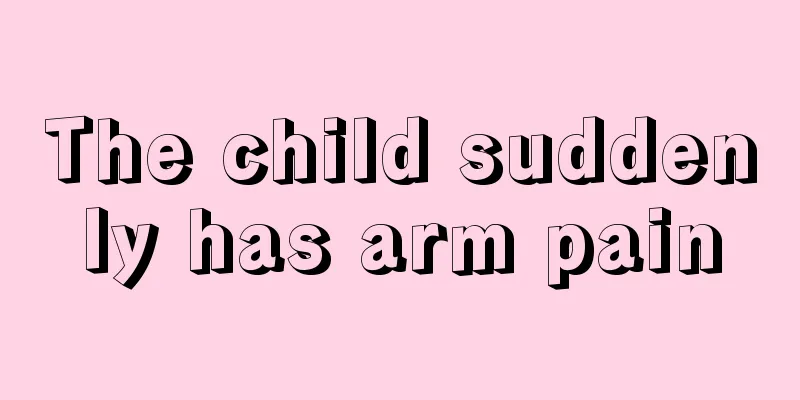How to treat a child's wound

|
When adults get bruised or fall, if the injuries are not particularly serious, some may simply disinfect the wound, while others may let the wound heal on its own. However, in the eyes of adults, minor bruises are often considered minor injuries that are not a big deal. However, if these bruises happen to children, parents are usually very distressed. The younger the child, the more worried the parents are. How to treat a child's wound? Different wound types require different treatment methods. Common types of injuries: Wound - a place of injury or rupture, usually referring to the skin, muscles, mucous membranes, etc. of humans or other animals. Open wounds - when the skin is broken and bleeding occurs, it is important to stop the bleeding and prevent infection. Treatment steps: stop bleeding - clean and disinfect - bandage. Closed wounds - Although the skin is not broken and the blood has not flowed out of the body, there are serious problems with the organs in the subcutaneous tissue. We should not take such wounds lightly. For any closed injury caused by a large external force, we should send the child to the hospital for examination as soon as possible to prevent him from suffering brain damage, liver and spleen damage, etc. How to deal with skin injuries in children First, you need to prepare iodine, sterile cotton swabs, sterile gauze, and medical tape (or Band-Aids). These things can be bought at general pharmacies, and if there are children at home, these things are must-haves, and adults can also use them. The first step is to disinfect the wound and scrub the wound with a sterile cotton swab dipped in iodine. Remember that the cotton swab can only be scrubbed once with iodine. If it is dipped in iodine again, it will be infected with bacteria and the iodine cannot be used anymore. If there are a lot of stains on the wound, it must be cleaned thoroughly. If it is not cleaned thoroughly, it will easily become infected. In this way, the cleaning will be in vain and the wound will be infected the next day. The second step is to clean the wound and cover it with sterile gauze. If the wound does not seep much and there is little dust at home, you can wait until the wound is dry before applying gauze. Do not apply a Band-Aid directly on it. In my personal experience, applying a Band-Aid directly will basically cause suppuration. The third step is to stick it with medical tape or a Band-Aid. Don’t stick it too tight as it will affect wound healing. After sticking it, remember not to let the wound get wet. If it gets wet, you must wash the wound, otherwise it will fester the next day. Step 4. Remove the gauze the next day to check the wound healing. If it has healed well, continue to treat it according to the above steps once. If the wound still has a lot of exudate, it needs to be changed twice a day. It will basically heal and scab over after 2-3 days. Step 5. After the wound has scabbed, you no longer need to cover it with gauze. Just scrub it with iodine. There is no need to bandage it with tape or a Band-Aid. Be careful not to let children tear off the scab as this can easily lead to secondary infection. |
<<: Dexamethasone dosage for children
>>: Acute upper respiratory tract infection in children
Recommend
What causes a newborn's loud breathing?
Many newborns have very loud breathing sounds, wh...
Treatment of sinus rhythm in children
Many people only think that some adults will suff...
Newborn baby snoring while sleeping
Because the language function of newborns is unde...
What causes excessive eye secretions in children? Reveal the reason for you
If you find that your child has a lot of secretio...
How to make newborns feel safe
With the first cry of the newborn, everyone knows...
The child has pimples all over his body
Most parents are afraid that their children will ...
What to do if your child has a cold cough
In winter, parents must pay attention to keeping ...
What to do when your child gets chickenpox
It is very common for children to get chickenpox....
How to care for simple oral herpes in children?
Simple oral herpes is a mucosal disease caused by...
What is the reason for the red spots on the baby's palms?
We all know that if we want our babies to grow up...
How to solve the problem of a three-month-old baby sucking his fingers
Many parents will find a phenomenon that their ba...
What are the symptoms of acute gastroenteritis in infants
Infants with acute gastroenteritis need to be tre...
What are the benefits of baby spinach puree?
The baby's body is fragile, so we need to pay...
What are the treatments for tics?
I think a lot of people have had the same experie...
What causes children to sweat?
Children are an important part of a family. Their...









